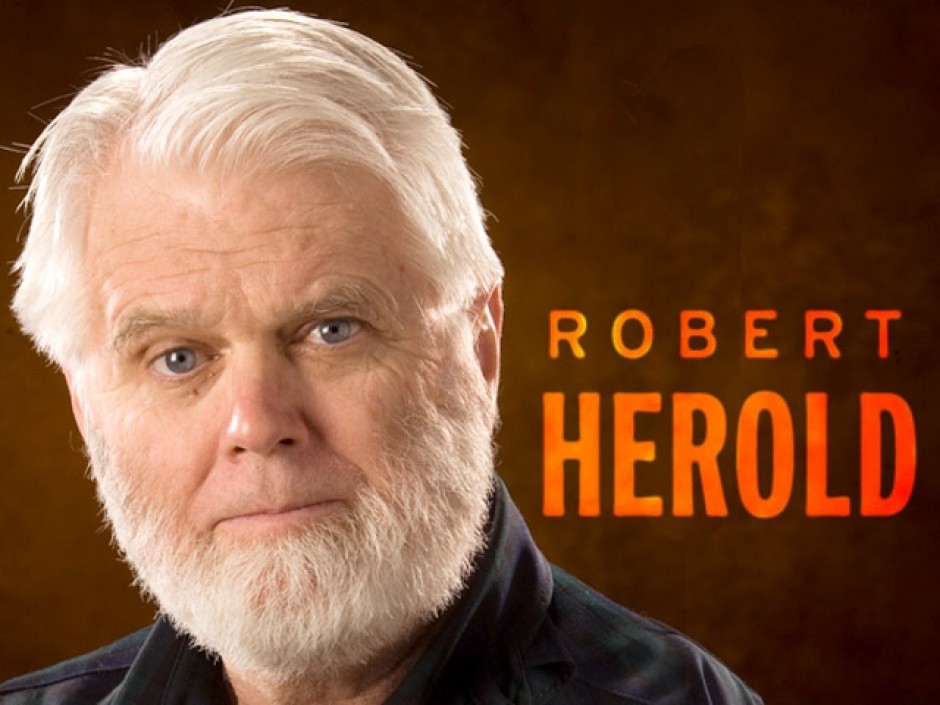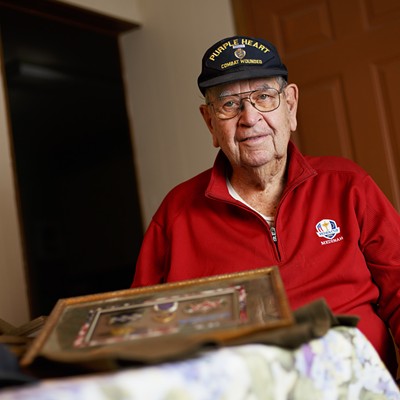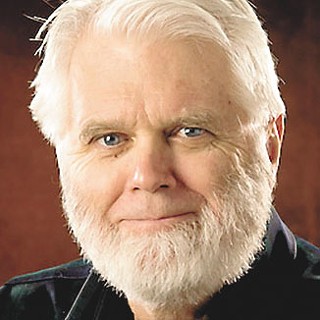This holiday season we have been so deeply saddened and frightened by the massacre at Sandy Hook. Then, just last week, firefighters in New York state, responding to an early morning blaze, were ambushed by the homeowner who used the exact same weapons that were used by in Connecticut. Two fireman were killed, two wounded.
Since the Columbine murders, we have witnessed 30 similar large-scale shootings. Yet throughout all this civic mayhem, our Congress has done nothing — we live in a gun culture, they say, as if that is an excuse. Justice Scalia hasn’t helped. I refer to his hubris-laden, ahistorical opinion in the gun control case, D.C. vs. Heller. Scalia summarily tosses out three-quarters-of-a-century of jurisprudence, asserting the “original” meaning of “individual right” instead of the “collective right,” which has pretty much been the law of the land ever since the invention of the National Guard.
Worse yet, he ignores James Madison (author of the amendment), and even had the temerity to dismiss Justice Stevens for bringing it up as an issue. Scalia’s opinion threw cold water on important gun control efforts. He made it more difficult for government to “provide for the health, safety and welfare” while empowering the gun lobby.
As I pondered our many cultural and governing failures, along comes Steven Spielberg’s film Lincoln. It led me to reread Kent Graham’s provocative book, Gettysburg: A Meditation on War and Values. Graham would agree, I think, that there are dots here to be connected — that Lincoln had insights about the human condition that might help us through our time of sadness and frustration.
Lincoln, who believed in a moral universe, nonetheless resisted “identifying the enemy alone as evil.” The evil of the war was shared. Lincoln was mindful that it was the northerners who made the ships used to transport the slaves; “[The North] owned the factories that made cloth from Southern cotton; the whole nation was complicit.” In Lincoln’s mind, writes Graham, “The moral universe has the curvature of the earth. Doing evil sets something in motion.”
Graham acknowledges that all this has changed. “Since World War I,” he writes, “the idea of a moral universe has looked absurd, bitterly ironic, or at least questionable. Nations are not responsible to other nations; individuals likewise are responsible only to themselves, if that.
“Good and evil,” Graham concludes, “are problematic categories, and the language with which we talk about them may well be a power matrix rather than a transparent medium.”
So we tenants in this modern universe — this socially and morally atomized universe — find ourselves in a predicament that the Sandy Hooks and Columbines expose. Lincoln would suggest that we try beginning at the beginning, with the recognition that, like North and South, we are interconnected; that mutual obligations and responsibilities matter.
Does the gun maker have obligations beyond selling his product? Does the gun user have social responsibilities beyond the minimum that the law requires? Lincoln would say yes, they do.
Madison? He would certainly urge overturning Scalia’s Heller decision, with prejudice: “Antonin,” you can imagine him saying, “with M-16 knock offs at the local Walmart and 30 round clips online, you want to turn my expedient amendment into a rigid dogma?” Talk about your mutual obligations and responsibilities.
Lincoln saw slavery in this light. Slavery failed the obligations and responsibilities test; it had to go. And no one could use the threat of secession as a way of avoiding either; Lincoln believed in e pluribus unum — one nation out of many individuals. And that brings us back to the killing fields of Gettysburg and the moral questions that still haunt them.
Alexis de Tocqueville observed that Americans wrestle with the tension between liberty and justice, between equality and freedom. We accept the legitimacy of both, while seeking a balance. Our efforts, for the most part, have been incremental, pragmatic and clumsy.
And leadership matters. Walt Whitman thought that the Civil War could have been avoided, but the leadership was just not there to stop it. Here’s what he had to say about the politicians of the day: “The members were… seven-eights of them, the meanest kind of bawling and blowing officeholders, office seekers, pimps, malignants, conspirators… kept editors… lobbyers, sponges, crawling, serpentine men.”
What Whitman saw was “sordidness, shallowness, a seediness, about the American scene and body politic.” He goes on to say that the Civil War was “our image of human nature, our local self portrait.”
Is this to be the legacy of Sandy Hook? Our local self-portrait? The best that America can do? Shall we continue to be held hostage to sordidness and shallowness?
Or can our leadership, finally, muster the courage needed to step outside this dismal self-portrait? Can our leaders learn from Lincoln? And can they provide the serious gun regulation that the country needs, even if it comes incrementally, pragmatically and even clumsily?



















